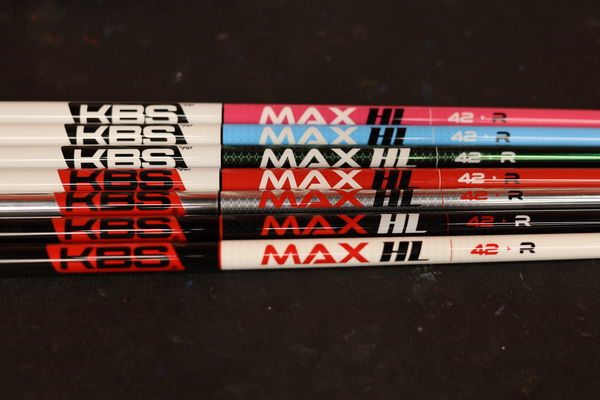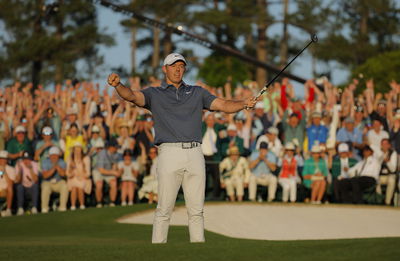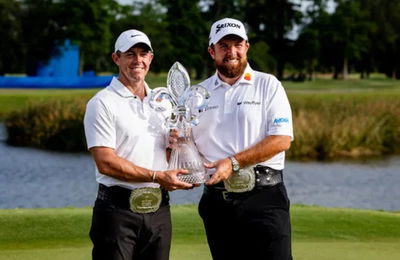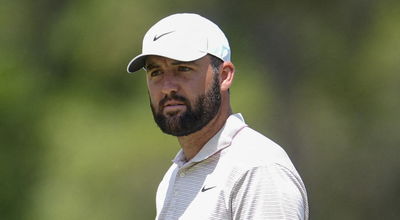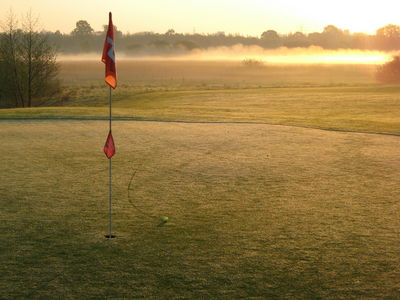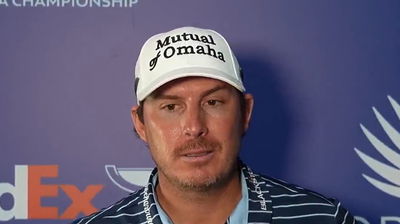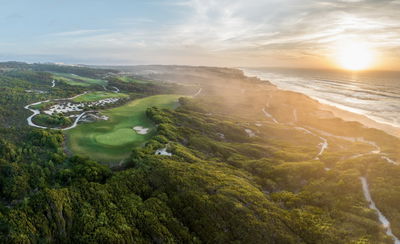Orange balls can lead to better scores, suggests shock golf study
A new study conducted by an Irish University has revealed that using orange golf balls could save you up to two shots per round.

Using orange golf balls can improve a golfer’s round by up to two strokes, according to the surprise results of a three-year study which was undertaken by students and fellows at Ireland’s South East Technological University (SETU), which is likely to shake up the golf ball manufacturing industry for years to come.
The study was funded by burgeoning golf ball manufacturer Seed, working alongside its own research and development team at SETU’s Enterprise & Research Incubation Campus (ERIC), where Seed is based.
The research team, led by Dr Dean Callaghan, director of engCORE and mechanical engineering lecturer at SETU, formerly known as IT Carlow, undertook the study on behalf of Seed to prove or, indeed, disprove the many various theories that the colour of a golf ball can affect performance.
What they discovered shocked even the research team, with the three-year study – which took in more than 10,000 rounds of golf from more than 700 golfers ranging from handicaps of +1 to 36 – finding that orange golf balls improve the score of golfers of all ability over the traditional white golf ball.
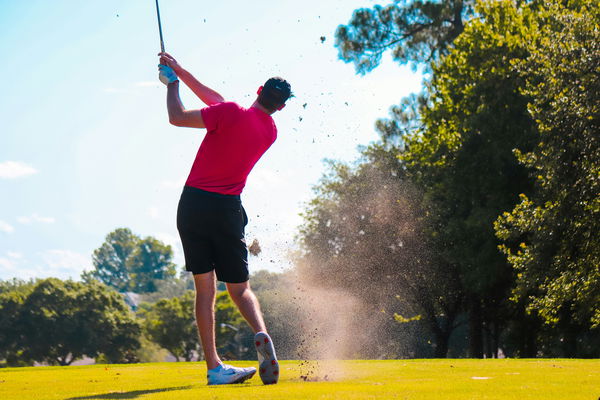
Players using orange balls scored on average 0.8 shots better than the colour of any other ball including traditional white ones, while players with a handicap of 15 or higher saved up to 2.1 shots on a round of 18 holes.
While the research team is still investigating the exact cause of this variance, one key suggestion is that orange pigments in particular attract more heat from the sun – and the resulting average 1.04°C increase in temperature can facilitate a potentially crucial two-to-five-yard distance gain.
Another explanation put forward by the research team is that orange has been proven to boost concentration and have mood-lifting qualities, encouraging golfers to relax over the ball, particularly when attempting high-risk, high-reward shots.
Meanwhile, participants using orange balls lost an average of 1.7 balls a round in comparison to 2.2 white balls, significantly shortening the average round length and reducing the financial cost per round.
Dr Callaghan said:
It is the Adularescent Fluorescence theory which has led to the launch of Seed’s new SD01 OrangeAF golf ball, which can be ordered direct to the customer’s home from the Seed website – with a starting price of £25/€35/$35 per dozen.
“Initially, we had set out to prove the widely held belief that white balls are better for your game,” said Dean Klatt, founder and owner of Seed Golf, which is making huge waves in the golf ball industry in Ireland and beyond.
“We actually wanted to focus our business entirely on white balls, but this study now means we have to succumb to that loud minority of golfers who insist on using orange balls – and not just in the winter. To that end, we have been busy in the manufacturing centre and will be reluctantly releasing a new range of Orange golf balls this week. As someone once said, the future is bright, the future is OrangeAF!”
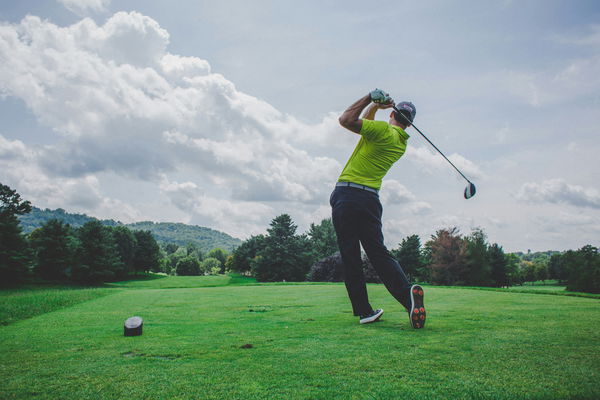
The news has vindicated long-standing vocal supporters of the brightly coloured ball community, many of whom have been passionately advocating for the cause since long before today’s verdict.
“We’ve been banging this drum for years and this is a life-changing development for us so-called orange-ball militants,” said one participant in the study who wished to remain anonymous. “We’ve been subjected to years of harassment, humiliation and even outright aggression on the golf course for insisting on using orange golf balls – some would use the term black-balled, but I would say we’ve been thoroughly white-balled by the whole golfing industry.”
Seed certainly appears to have put their proverbial eggs in the orange basket, with partnerships to give Seed customers great deals already in the works with fizzy drink companies, mobile telecom services, motorbikes, a prominent PGA TOUR golfer with a penchant for the colour orange and a budget airline that cannot be named for legal reasons but rhymes with WeasyVet.
While the groundbreaking study looks set to change the future of professional and amateur golf, this revelation comes too late for many golfers. It can only be speculated how many more majors Tiger Woods may have won with orange balls, for instance, or whether Jean van de Velde might now be drinking his Cabernet Sauvignon from a Claret Jug.
“The next goal for us is to invent time travel, go back to Sunday at the 1999 Ryder Cup and paint all of Europe’s balls orange,” said Callaghan. “But studies suggest we are still a few years out on that front.”
The full study can be found here.
